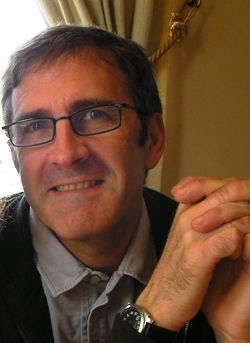
SOLUTION
Industry and academia need to work together, either, generally, to provide direct financial support to micropalaeontology, through The Micropalaeontological Society Charitable Educational Trust Fund (a UK Registered Charity). This will disburse moneys to suitable student applicants to cover fees for their tuition in the subject.
Alternatively, and more specifically, the sectors can combine to provide direct financial support to the setting up and/or running of suitably quality assured and accredited units (including HSE-compliant laboratory facilities), to MSc and PhD courses in these units - such as the Applied and Petroleum Micropalaeontology MSc course due to be launched at the University of Birmingham in 2012 (course director, Ian Boomer), or to individual students on these courses. They could also provide tacit support to units or courses in the form of goods - such as student project materials, or by contributing services, for example in teaching or project supervision.
If you or your company would be interested in being part of the solution - or if you would simply like further information - please contact us.
Reference
- Jones, RW, 2011. Applications of Palaeontology – Techniques and Case Studies. Cambridge University Press.
* Network Stratigraphic Consulting Ltd., Harvest House, Cranborne Road, Potters Bar, Hertfordshire, EN6 3JF E:
[email protected]
# BG Group plc, 100 Thames Valley Park, Reading, Berkshire, RG6 1PT (E:
[email protected]) and The Natural History Museum, Exhibition Road, South Kensington, London, SW7 5BD (E:
[email protected])